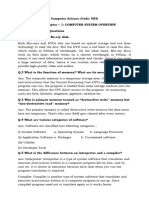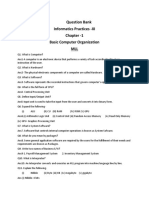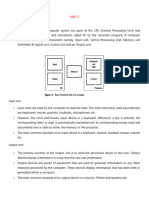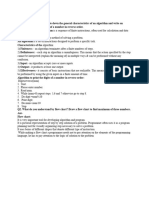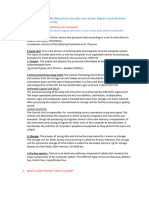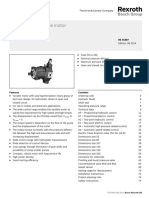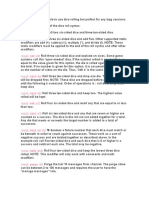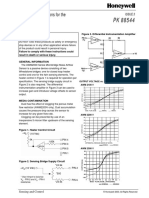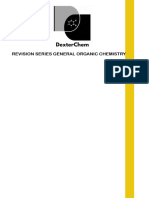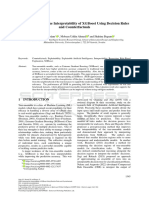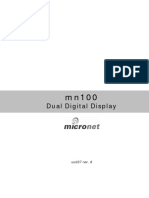0% found this document useful (0 votes)
8 views9 pagesCh1. Computer System Overview
The document provides an overview of computer system architecture, detailing its five basic components: input unit, output unit, CPU, primary memory, and secondary storage. It explains the functions of the CPU, its subunits (ALU, CU, and registers), and distinguishes between RAM and ROM. Additionally, it discusses software categories, the importance of operating systems, and the role of utility software in enhancing computer performance.
Uploaded by
Abhay KrishnaCopyright
© © All Rights Reserved
We take content rights seriously. If you suspect this is your content, claim it here.
Available Formats
Download as DOCX, PDF, TXT or read online on Scribd
0% found this document useful (0 votes)
8 views9 pagesCh1. Computer System Overview
The document provides an overview of computer system architecture, detailing its five basic components: input unit, output unit, CPU, primary memory, and secondary storage. It explains the functions of the CPU, its subunits (ALU, CU, and registers), and distinguishes between RAM and ROM. Additionally, it discusses software categories, the importance of operating systems, and the role of utility software in enhancing computer performance.
Uploaded by
Abhay KrishnaCopyright
© © All Rights Reserved
We take content rights seriously. If you suspect this is your content, claim it here.
Available Formats
Download as DOCX, PDF, TXT or read online on Scribd
/ 9

